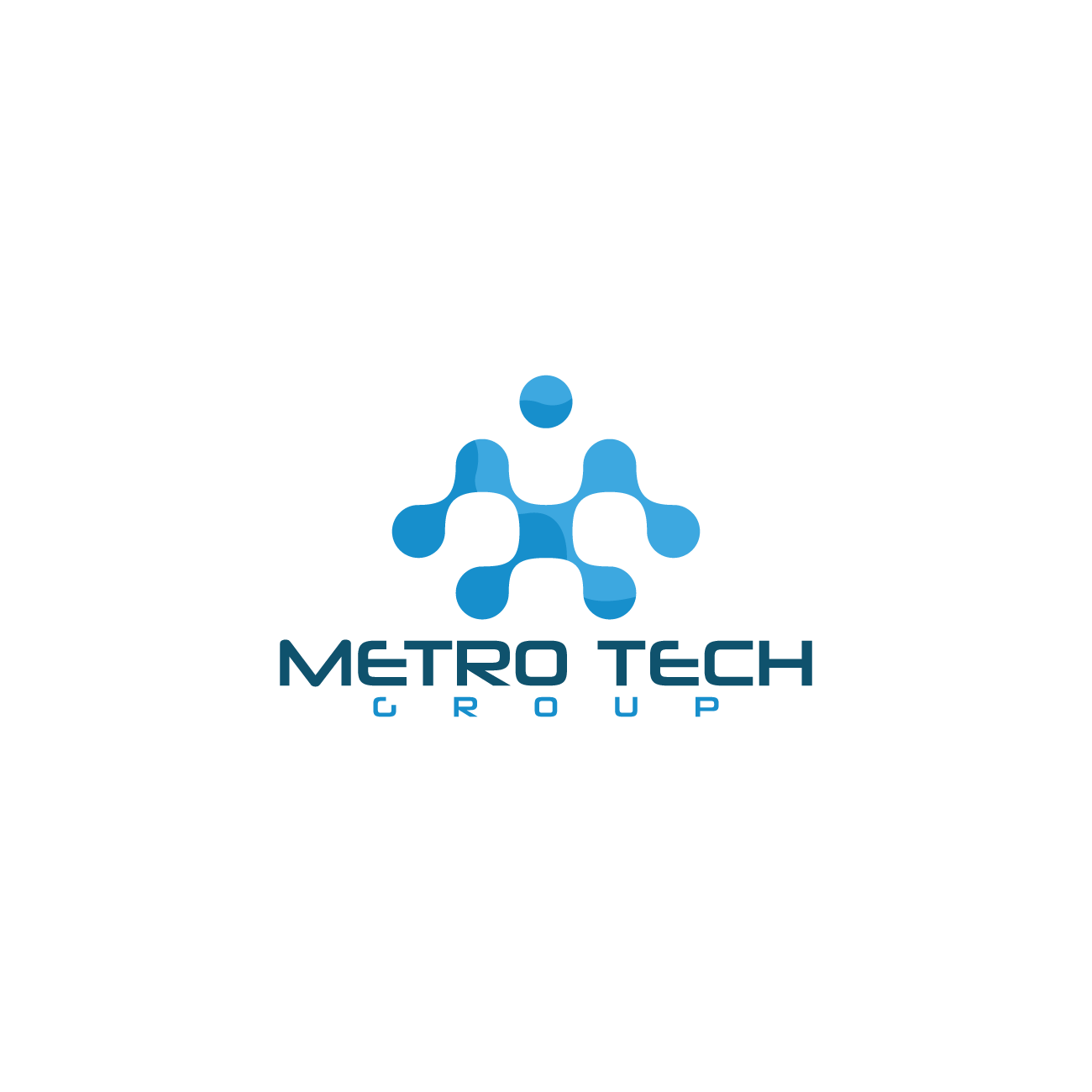What Are Corporate IT Solutions and Why Does Your Business Need Them?
In today’s high-speed digital world, harnessing the power of corporate IT solutions can be the game changer your business has been waiting for. But what exactly are they, and why are they so crucial for your success? Let’s dive in.
Understanding Corporate IT Solutions
Corporate IT solutions refer to the comprehensive suite of strategies and tools that businesses implement to manage their information technology needs. These can range from hardware and software management, network configurations, cybersecurity protocols, to data analysis and cloud computing services. They are designed to streamline operations, enhance efficiency, and secure company data in a rapidly evolving digital environment.
The core aim of such solutions is not just to support existing business operations but also to provide a scalable platform for growth and adaptation in response to changing market demands. By leveraging these technologies, businesses can harness the power of digital transformation to remain competitive and innovative.
The Role of IT Solutions in Modern Businesses
In the digital age, the role of IT solutions in business has transcended traditional support to become pivotal in operational and strategic decisions. From facilitating seamless remote work environments to automating routine tasks and protecting against cyber threats, IT solutions are the backbone that supports and drives the modern business apparatus.
Moreover, they enable companies to tap into previously unattainable markets, understand customer behavior through data analytics, and enhance customer experiences through personalized services, making them indispensable in today’s business paradigm.
Benefits of Implementing Corporate IT Solutions
Implementing corporate IT solutions offers a multitude of benefits, most notably improved efficiency and productivity. Automating tasks reduces manual errors and frees up employee time for strategic work. Enhanced data security protocols protect against data breaches and ensure compliance with regulations.
Additionally, cloud-based services provide flexibility and scalability, allowing businesses to adjust resources according to demand. Real-time data analytics empower decision-makers with insights to drive business growth, making these solutions an invaluable component of modern business strategies.
Types of IT Solutions Every Business Needs
Every business, regardless of size, should consider integrating several key IT solutions. These include cybersecurity measures to protect against threats, cloud computing services for flexibility and scalability, data analytics for informed decision-making, and customer relationship management (CRM) systems to enhance customer engagement.
Additionally, collaboration tools facilitate communication and teamwork, especially in remote work settings, while network management ensures connectivity and reliability. Adopting these IT solutions can significantly contribute to a business's operational efficiency and overall success.
It's also worth noting the importance of custom software development to meet unique business needs, offering tailored solutions that generic software cannot provide. This bespoke approach can be particularly beneficial for businesses with specialized operations or niche markets.
How to Choose the Right IT Solutions for Your Business
Choosing the right IT solutions begins with a thorough assessment of your business's needs and objectives. Understanding the specific challenges your business faces and the goals you wish to achieve with IT investments is crucial.
Consulting with IT professionals can provide valuable insights into the most effective strategies and technologies for your business. Additionally, consider scalability and flexibility as key factors, ensuring that the solutions can adapt and grow with your business.
Implementing IT Solutions: Steps to Success
Successful implementation of IT solutions requires careful planning and execution. Start with a clear implementation strategy that includes setting measurable goals, assigning responsibilities, and establishing timelines.
Ensure staff are properly trained on new systems and understand the changes to their workflows. Regularly monitoring progress and gathering feedback can help identify areas for adjustment, ensuring the implementation process aligns with business objectives and user needs.
Overcoming Challenges in IT Solution Implementation
One of the main challenges in IT solution implementation is resistance to change. Addressing this requires clear communication of the benefits and support during the transition. Technical difficulties and integration with existing systems are also common hurdles.
Mitigating these challenges involves engaging with knowledgeable IT professionals for guidance, conducting thorough testing and training, and adopting a phased approach to implementation. This can help ensure a smoother transition and greater acceptance among users.
The Future of Corporate IT Solutions
The future of corporate IT solutions lies in innovation and integration, with a strong focus on automation, artificial intelligence, and machine learning. These technologies promise to further enhance efficiency, decision-making, and customer experiences.
Additionally, the rise of the internet of things (IoT) and blockchain technology presents new opportunities and challenges in data management and security. Staying ahead of these trends and continuously adapting IT strategies will be crucial for businesses looking to thrive in the digital age.
Why Corporate IT Solutions Are Your Blueprint for Success
Embracing corporate IT solutions is more than just a step towards modernization; it's a leap towards achieving operational excellence and a competitive edge in the ever-evolving business landscape. As we’ve explored, these solutions cover everything from improving operational efficiency to securing your digital assets and ensuring seamless communication across your organization. They are not just tools but vital components that weave into the fabric of your enterprise, propelling you towards achieving your business objectives.

